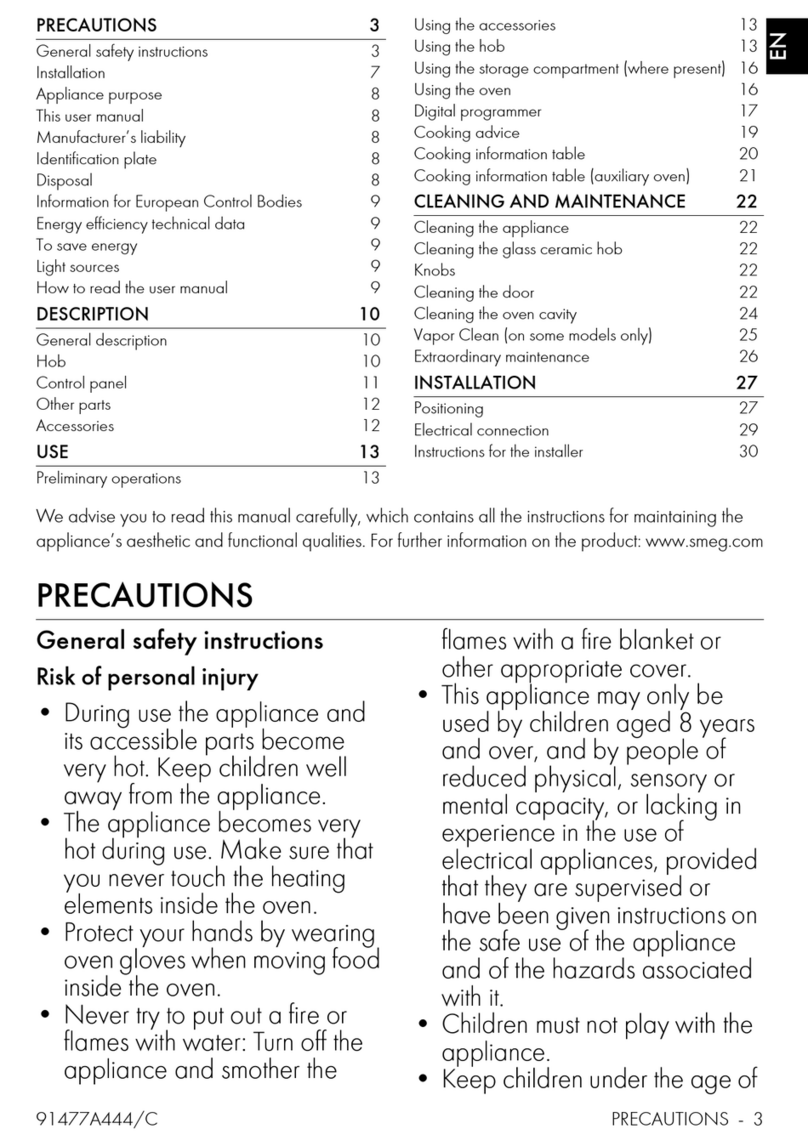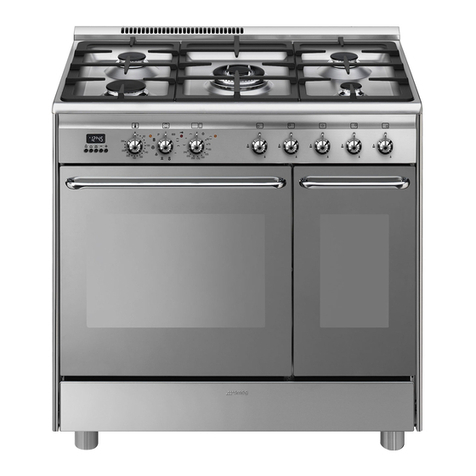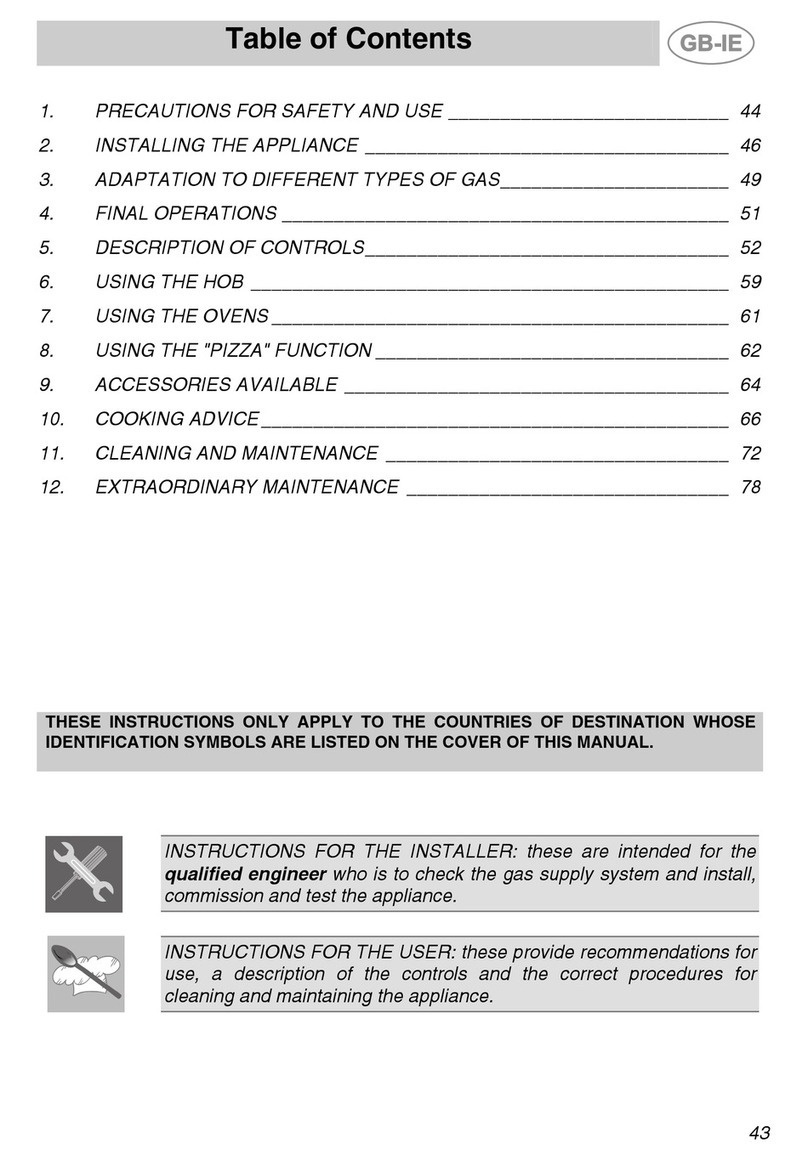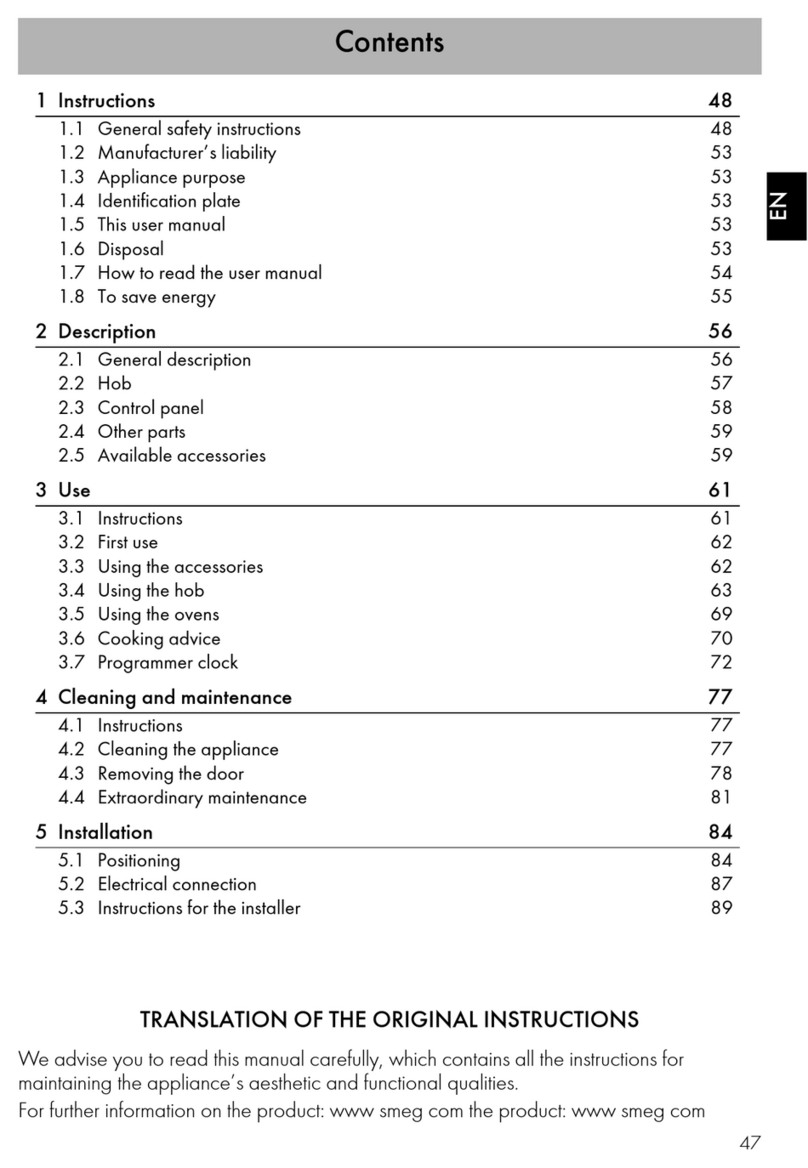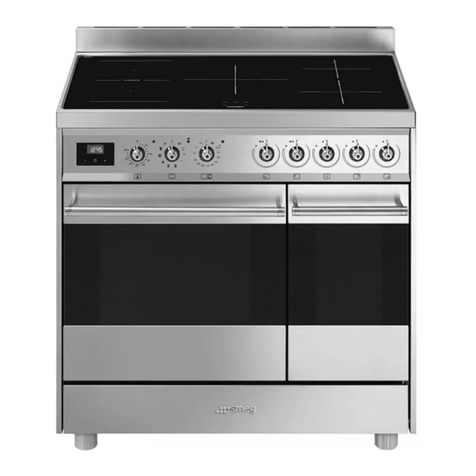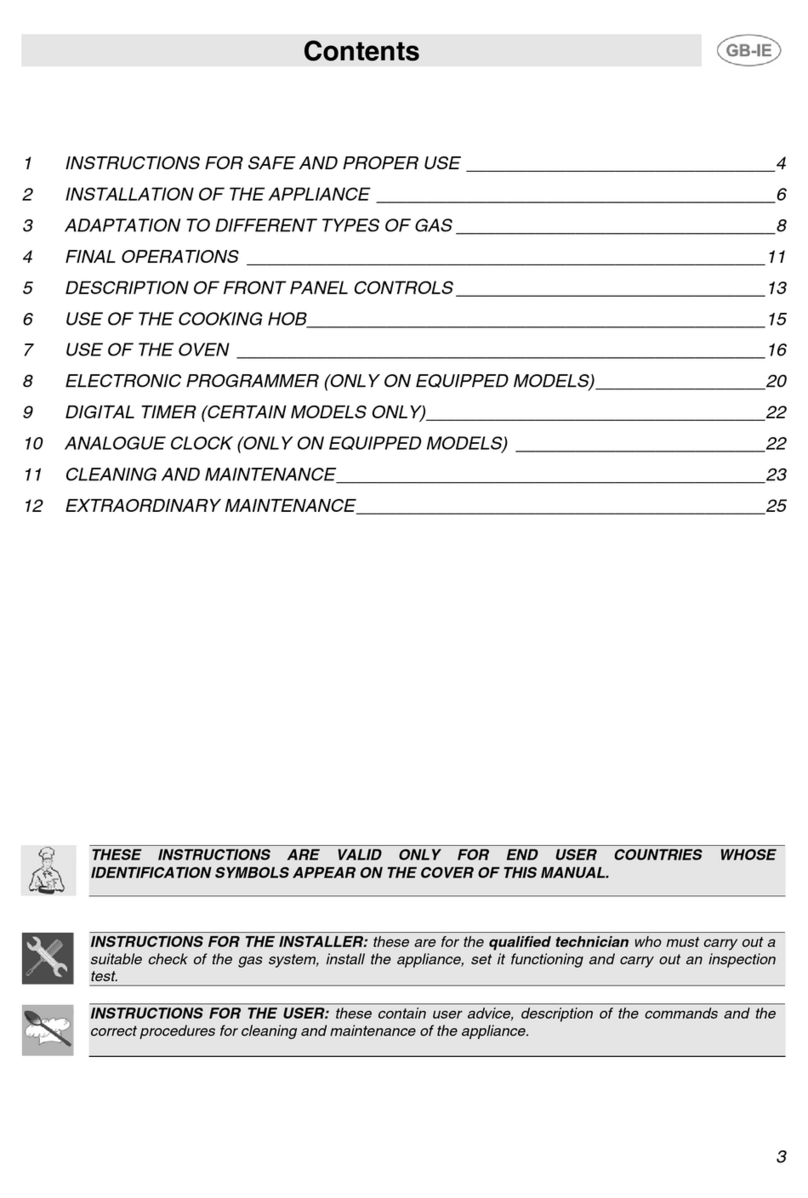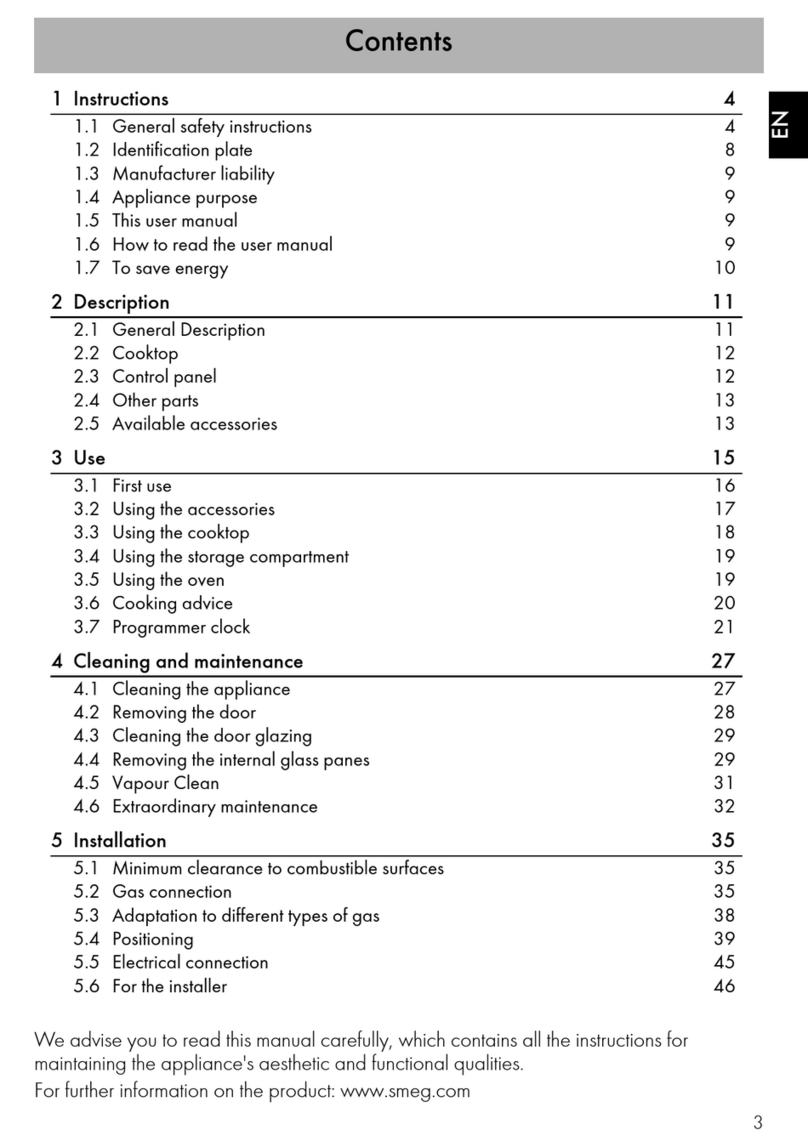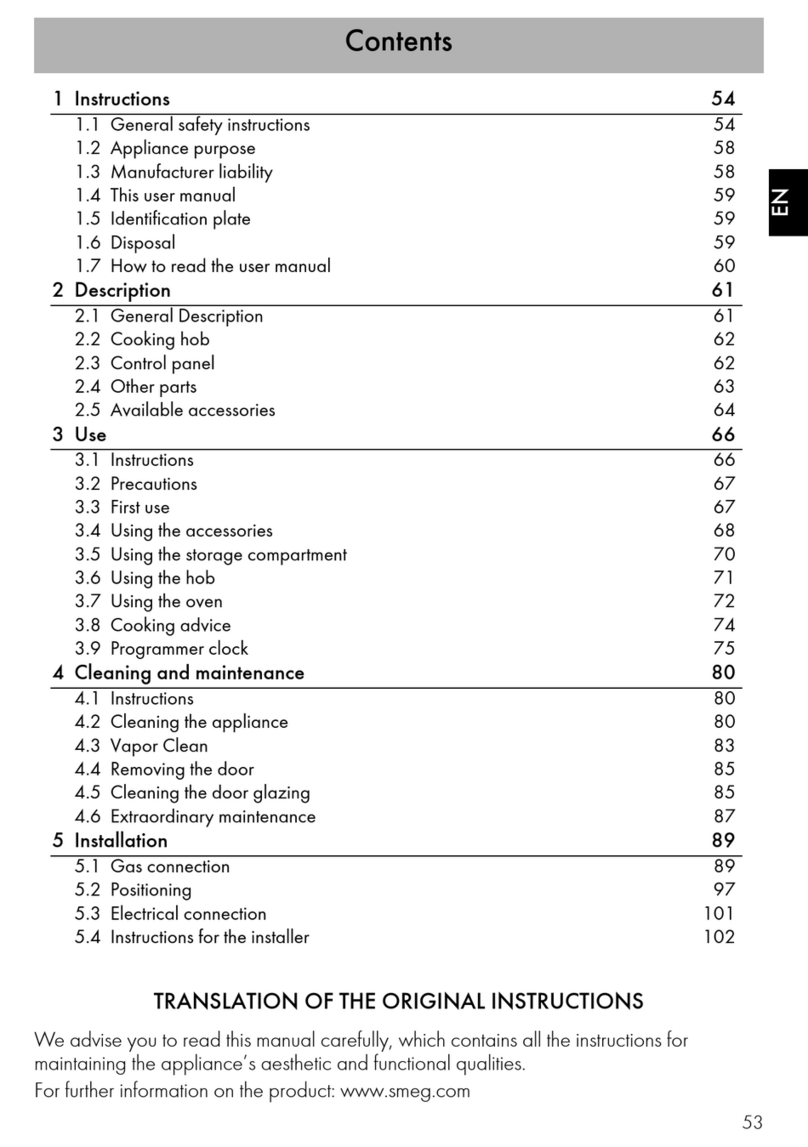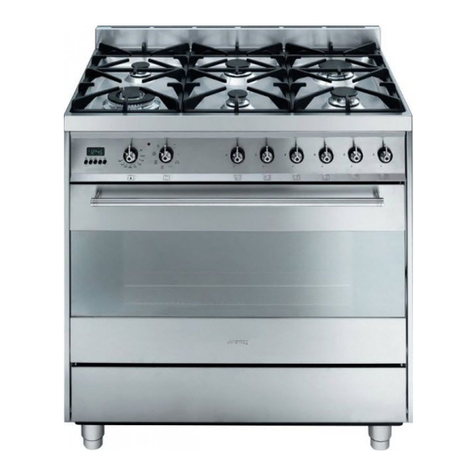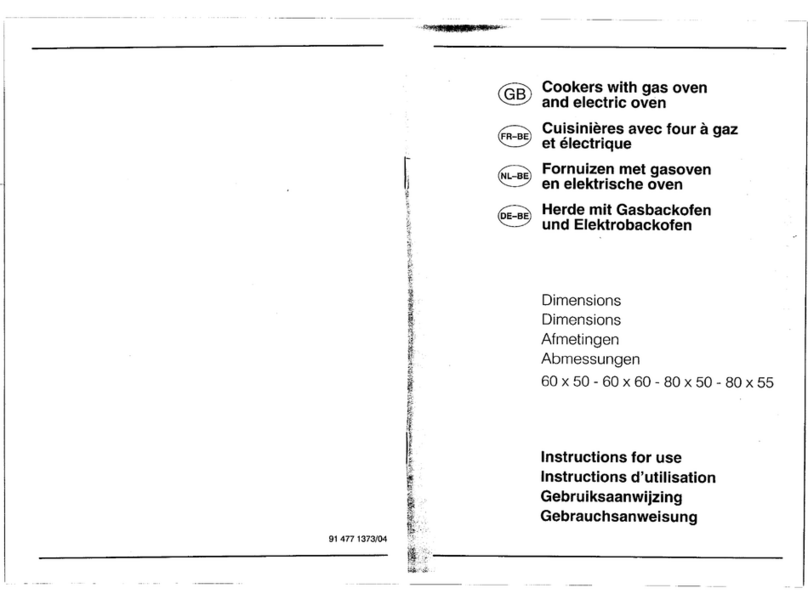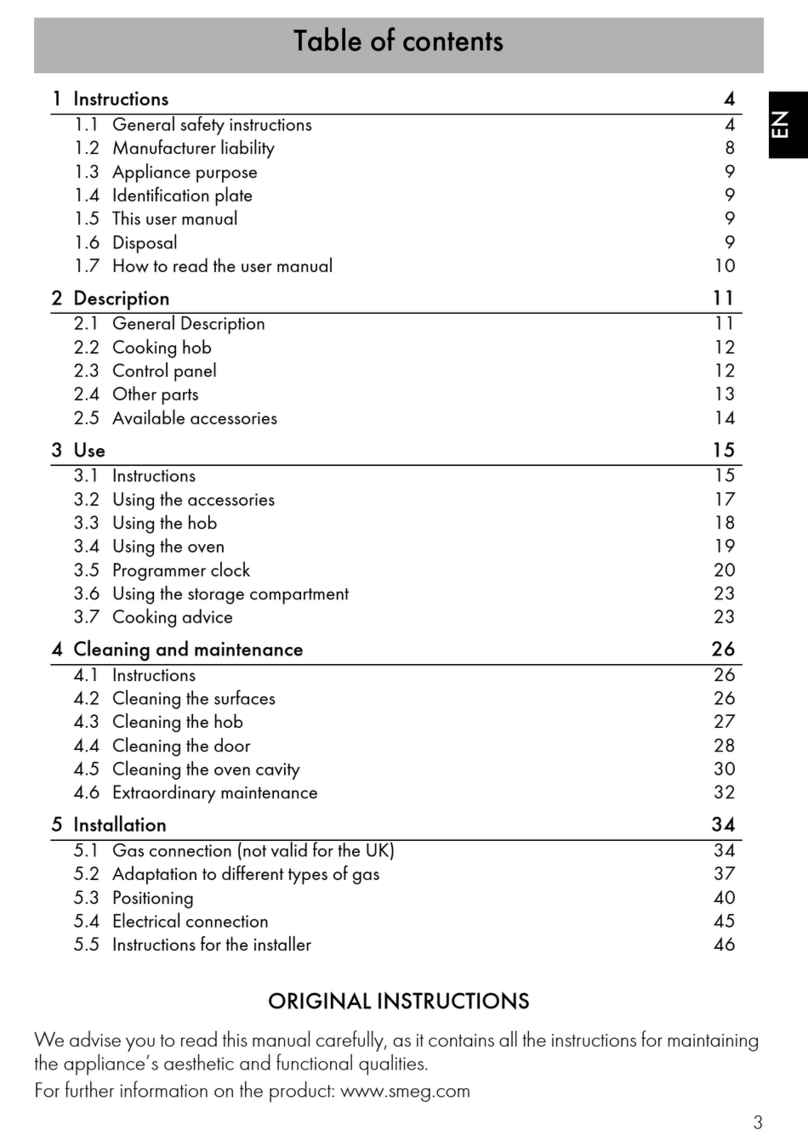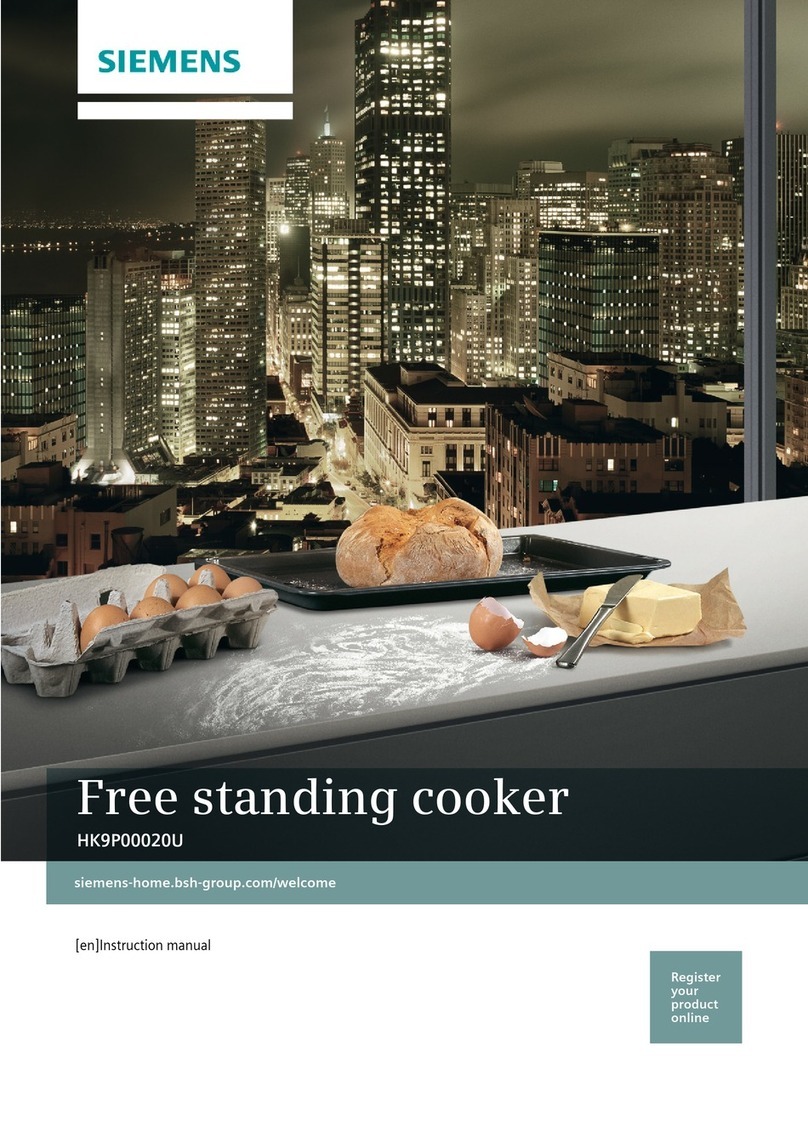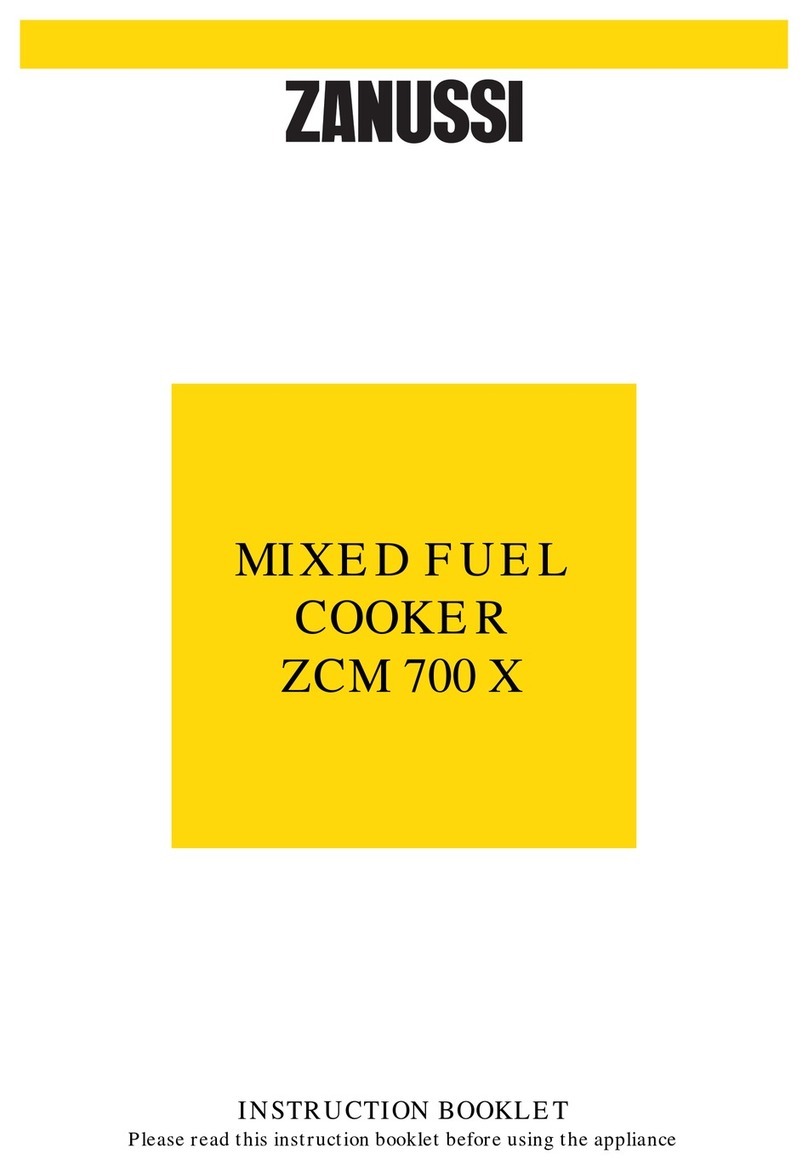Smeg A1BL-9 User manual
Other Smeg Cooker manuals

Smeg
Smeg CS19ID-5 User guide

Smeg
Smeg Victoria TR103GR User manual
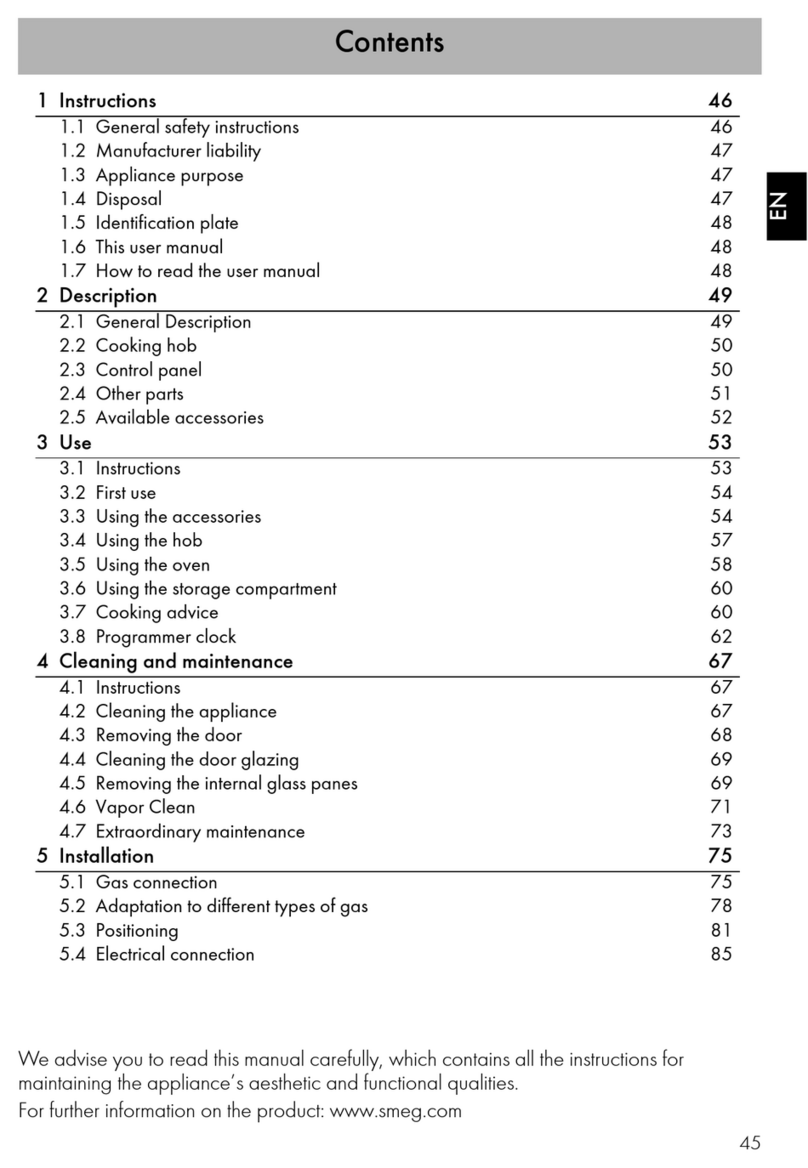
Smeg
Smeg C9GMX9 User manual
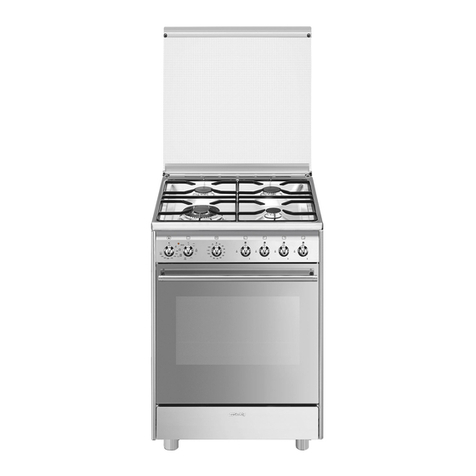
Smeg
Smeg CX68M8-1 User manual

Smeg
Smeg CE6IMX User manual

Smeg
Smeg Victoria TR4110RW1 User manual

Smeg
Smeg A4BL-8 User manual
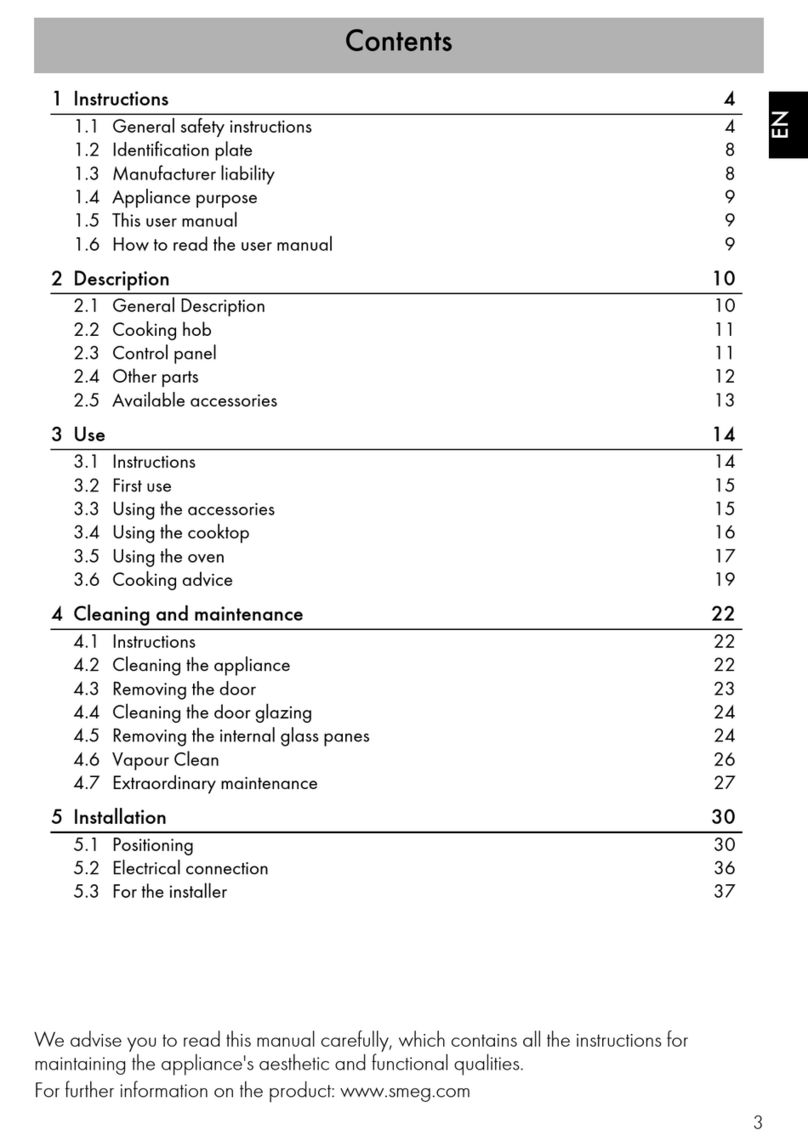
Smeg
Smeg FS9010CER-1 User manual

Smeg
Smeg Victoria User manual

Smeg
Smeg TR93BL User manual
Popular Cooker manuals by other brands

RiverGrille
RiverGrille TF2002501-RG Assembly instruction

Vollrath
Vollrath 69504F Operator's manual
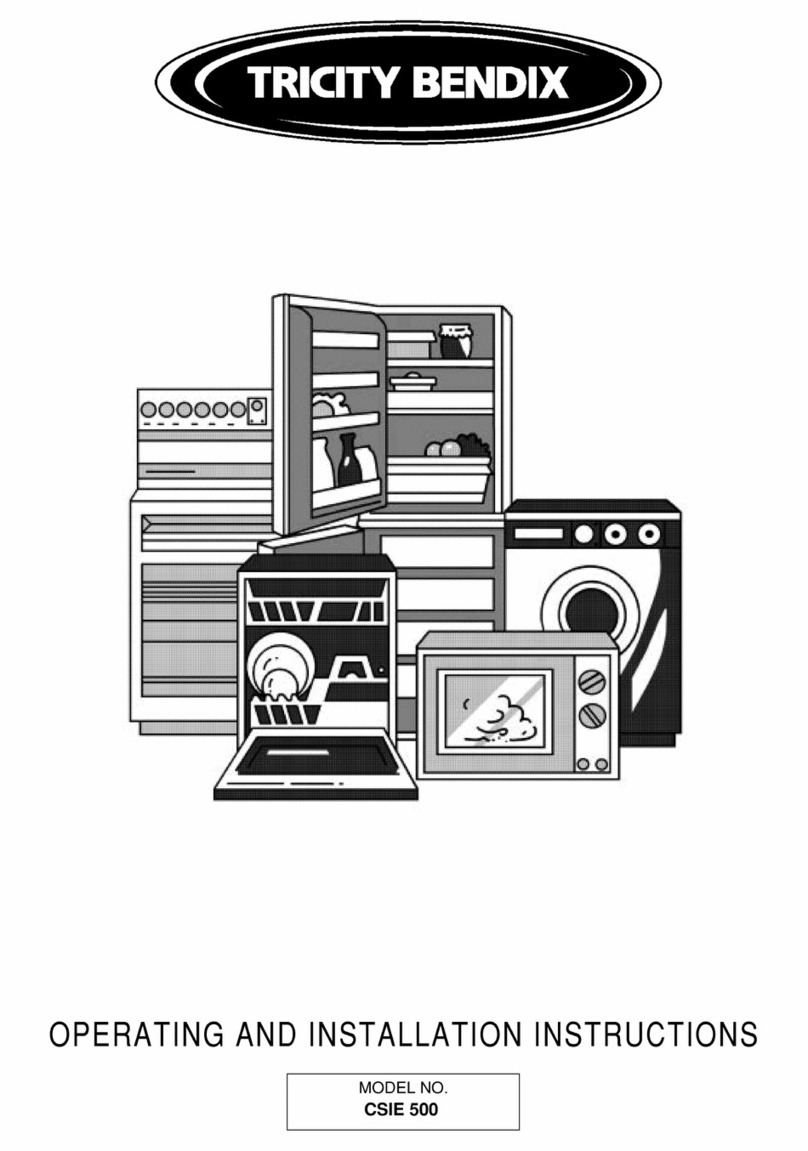
Tricity Bendix
Tricity Bendix CSIE500 Operating and installation instructions
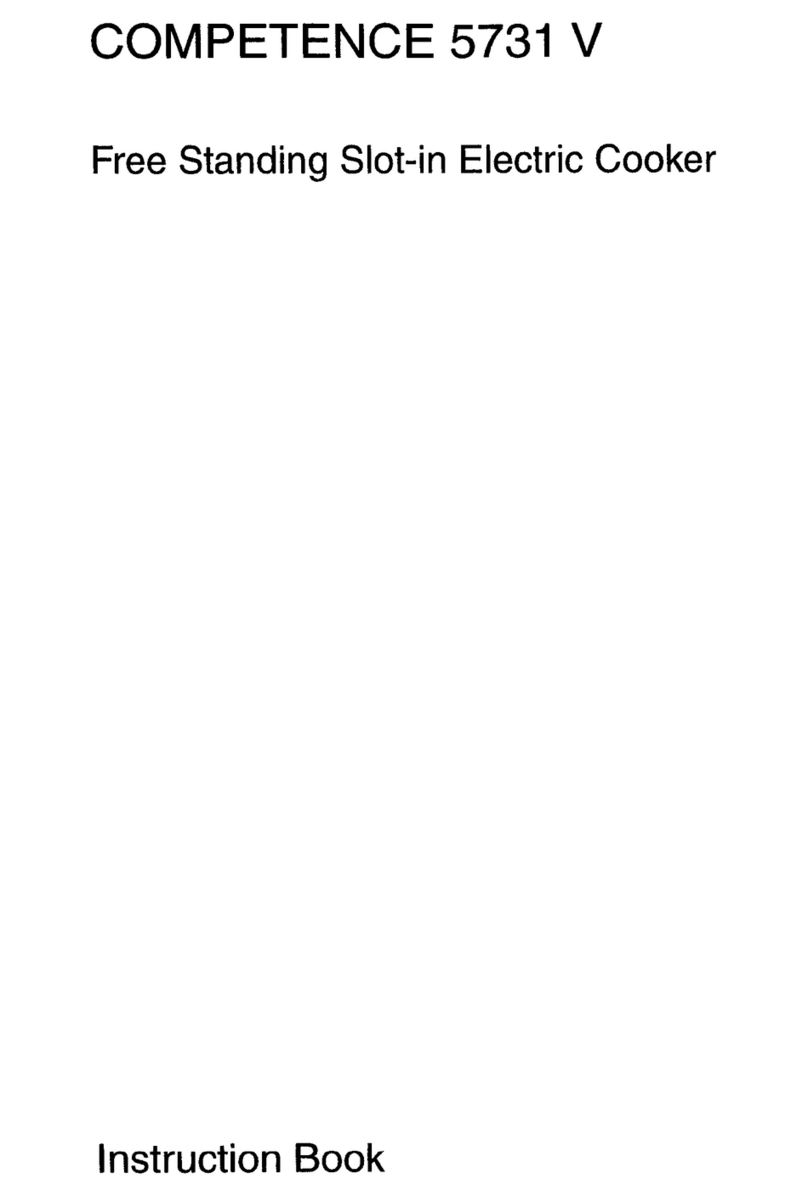
AEG
AEG Competence 5731 V Instruction book

Euromaid
Euromaid ES60 Installation and operation manual

Hotpoint
Hotpoint HUI 62 TP Instructions for installation and use
